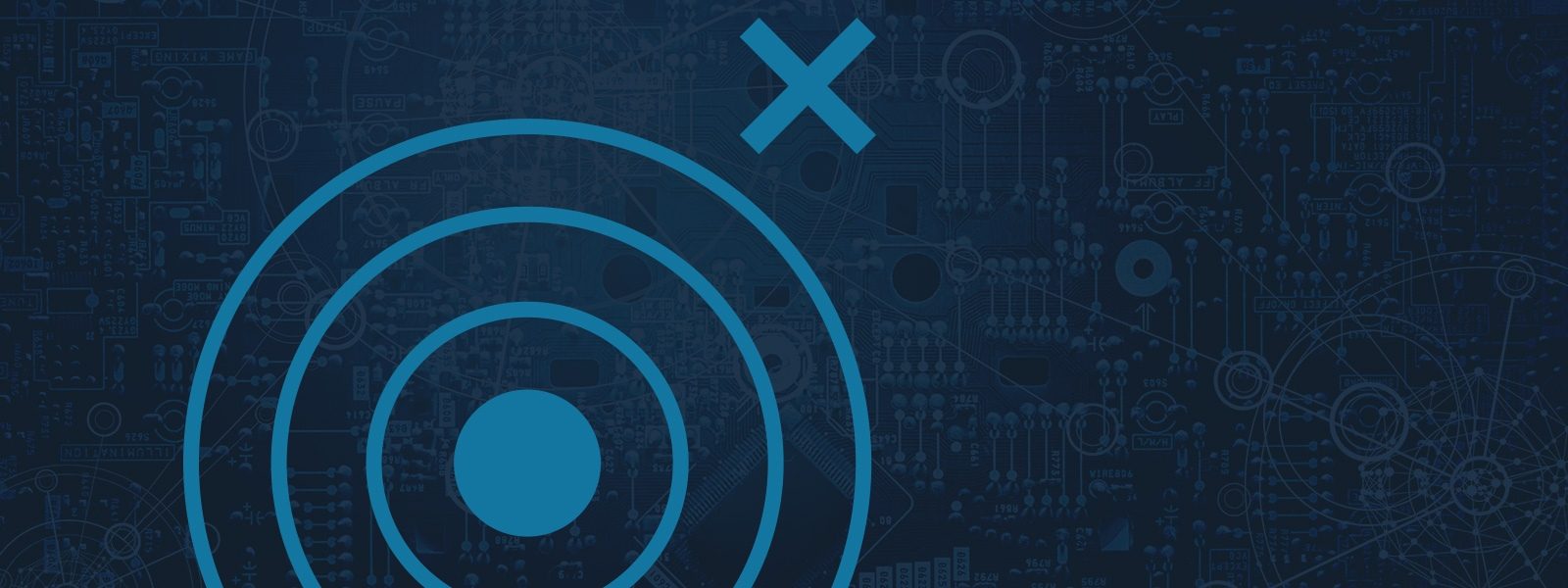Implementing Global IT Systems: Don’t Miss the Point
With over 30 years of experience working in research and development (R&D) for a variety of companies and industries, I’ve seen my fair share of information technology (IT) systems implemented to support various global processes such as product lifecycle management (PLM), phase-gate, portfolio management, legal and finance.
Having observed these projects from all angles, I began to notice a pattern behind some of the most common mistakes being made during the implementation of large global IT systems in support of R&D or other business processes.
This series provides leading practices for avoiding the top ten most common mistakes.
Mistake #5: Missing the Point
Clearly define the burning platform driving a global implementation
I once witnessed a global implementation project go on for a year before the team had a serious discussion of why the project existed. They couldn’t figure out why folks weren’t more excited about the new system they were implementing. After hours of discussing the point of the project, the best reason they came up with was, “Because the boss wants it.” That’s not a great motivator and progress was slow at best. In order to create buy in and successfully implement a new system or process, you must clearly identify the burning platform, or raison d’etre for the project up front.
I’ve made this same mistake and assumed that because a senior executive requested a PPM implementation project across several campuses, all the campuses would be onboard and cooperative.
I’ll never forget the day a highly-respected campus VP called me and said,
“My team doesn’t see a lot of value in doing this, so we’ve decided not to participate.”
Years later a global PLM project emerged. This time around I was wiser and insisted that we were not going to take a single step without all campus leaders agreeing on the necessity of the project. Fortunately, they all agreed with the following statement:
“50% of my product developers’ time is wasted redoing products transferred from other sites and entering data in multiple approval processes.”
Pain is a powerful burning platform!
Phase-gate process and system implementation projects often suffer from the same burning platform problem. Ask yourself,
“Why are we implementing the phase-gate process and system?”
On a large product development project, with tens of millions of dollars at risk at different stages of development, it’s obvious that you need some gates where the team can pause, review the project, and decide whether or not to make the next big phase investment. But, what’s the real reason for a gate if the next stage only puts a few days at risk?
I’ve seen a lot of phase-gate process and system projects stumble because no one ever took the time to clearly articulate the global need and understand the needs of all the stakeholders across the organization. This is important because different needs lead to different process/system requirements.
For example, here are some common needs for phase-gate processes and systems:
-
Risk management
When millions of dollars are on the line, the magnitude of resources consumed at the next development stage justifies a review gate. -
Organizational diagnostics
What’s the distribution of resources across phases? Are simple projects getting done at the expense of bigger, bolder initiatives? -
Seeking a common language
Senior management is tired of needing a secret decoder ring to understand how different campuses are reporting progress because their phase definitions and processes differ. -
Trust
Different phases are owned by different people, and those who own phase n+1 don’t trust those who own phase n to have done their job completely. -
Everyone else has one
So it must be a good idea, right?
Some of these reasons are better than others. The important thing to note is that the data required for risk management is very different than the data required for seeking a common language, and a phasegate process may not be necessary at all.
To increase acceptance and usefulness, identify the real point and purpose to the project at the start and design the processes and systems with that in mind.
Stay tuned to discover leading practices for avoiding these ten common mistakes. Being mindful of the challenges and solutions discussed in this series will greatly increase the chances of your next project becoming a sustainable success.
Mistake #6: Jumping the Gun
Download the eBook:
Top Ten Mistakes Made Implementing IT Systems and How to Avoid Them

